Guyana’s RAAPM Fellowship: The Case for Global Health for Regional Anesthesiologists
Cite as: Chu A. Guyana’s RAAPM fellowship: the case for global health for regional anesthesiologists. ASRA Pain Medicine News 2025;50. https://doi.org/10.52211/asra020125.012.
Some years ago, while enjoying delicious fish choka in the anesthesia workroom at Georgetown Public Hospital in Guyana, I was approached by one of the new staff anesthesiologists. I mopped a residual drop of sweat from my brief venture outside as I had been lured into the humid tropical heat by the savoury promises of Trudy’s food cart. Dr. Youlanda Hendricks was a senior anesthesia resident when I first met her, but throughout her training, she became known for her no-nonsense demeanor and sharp clinical acumen.
“What would you think about a regional anesthesia fellowship here in Georgetown?” She asked. “I have already asked Drs. Harvey and Fernando, and they are supportive.”
I was excited. “That sounds amazing, exactly what we need!” I said, buoyed by the support from this keenly engaged department.
“Would you help create it?” She pressed.
“Oh, for sure!” I replied, still chewing and not fully understanding her question. “I’ll connect you with fellowship directors in Canada. We’ll find a hospital that would host you for the year!”
Dr. Hendricks cut to the chase: “We want an in-country program, something Guyana can be proud of.”
It hit me that she wanted to build a program from the ground up right here in Georgetown. While I loved my work, I felt a little out of my depth. “But I’m not fellowship trained. Wouldn’t it be better to train abroad and bring those skills back?”
As we talked, I became intrigued. The chance to build something sustainable in Guyana was inspiring. With her persistence and vision, I realized I could help her achieve this goal. Dr. Hendricks was already a force in Guyana’s anesthesiology community, and I was honored to support her.
This incredible woman was not just pursuing fellowship training but helping to build the program herself. I recalled a weekend regional anesthesia workshop I held in Georgetown when she was a resident, during which she answered questions readily but admitted she had had little sleep. The day prior, after working a 12-hour shift, she picked up her son on the way home, got dinner on the table, and then worked a night shift at a private hospital. She happily drove me to the local butcher to get some cuts of pork to use as models, and she demonstrated an unwavering hand during the workshop as she pierced one with an echogenic needle. There is great joy in seeing your trainees develop as anesthesiologists. With that joy comes inspiration and pride because I know how hard they have worked along the way.
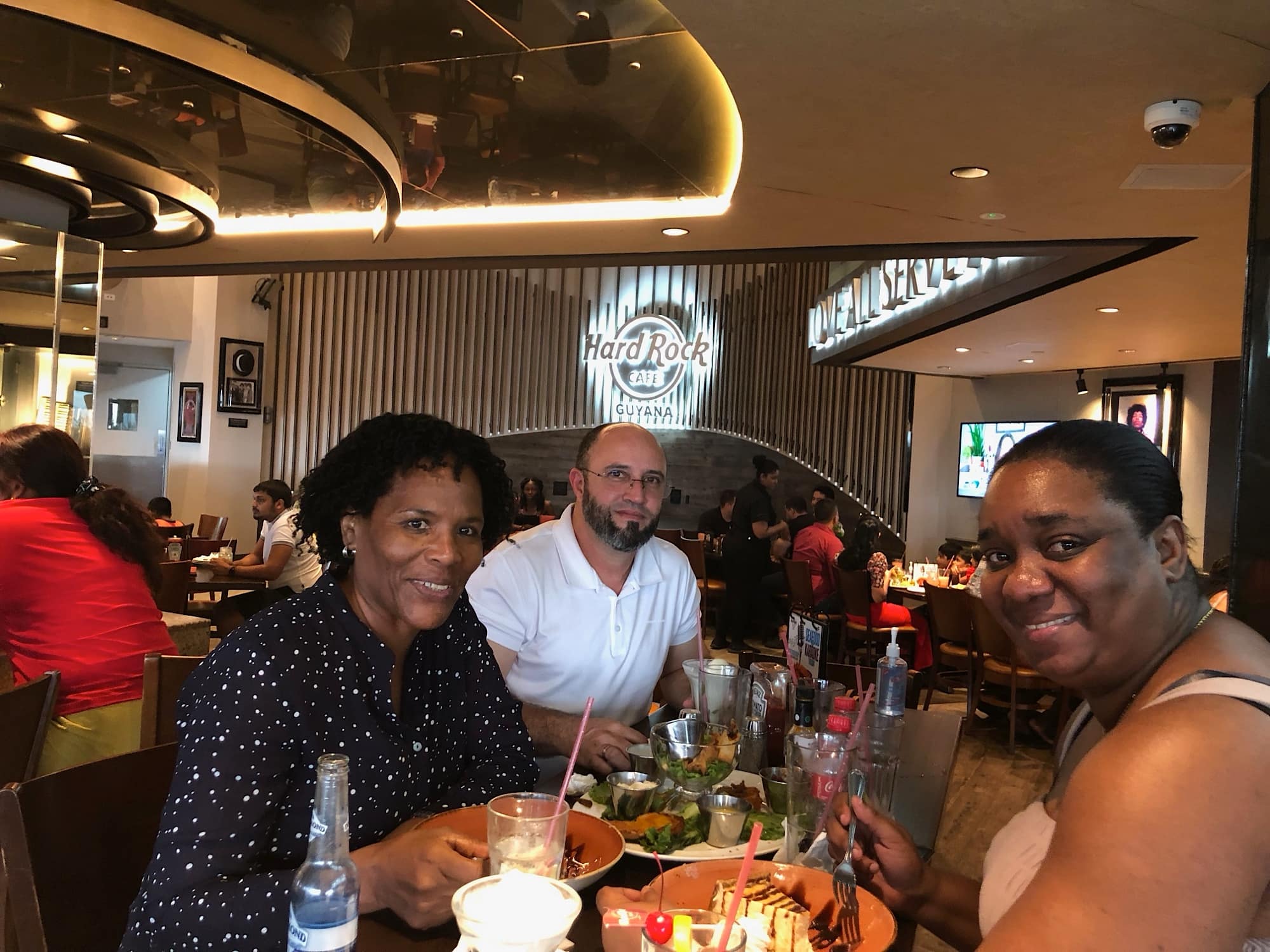
Global medical volunteering has changed remarkably over the past few decades. While some regional anesthesiologists may hesitate to leave their well-equipped block room, others are drawn to sharing their deft skills where they are most needed. Guyana’s new Fellowship in Regional Anesthesia and Acute Pain Medicine exemplifies how accompaniment and collaboration can create sustainable, local solutions.
Despite their proven benefits, peripheral nerve blocks are still underutilized worldwide. Even in high-resource countries, they are performed in only 3.3% of amenable cases.1 The same is true in low- and middle-income countries (LMIC),2, but the patient stakes are much higher. Here, observational studies in trauma, orthopedic, and obstetrical surgery have shown that regional anesthesia carries significantly lower mortality and less postoperative pain than general anesthesia.3-10
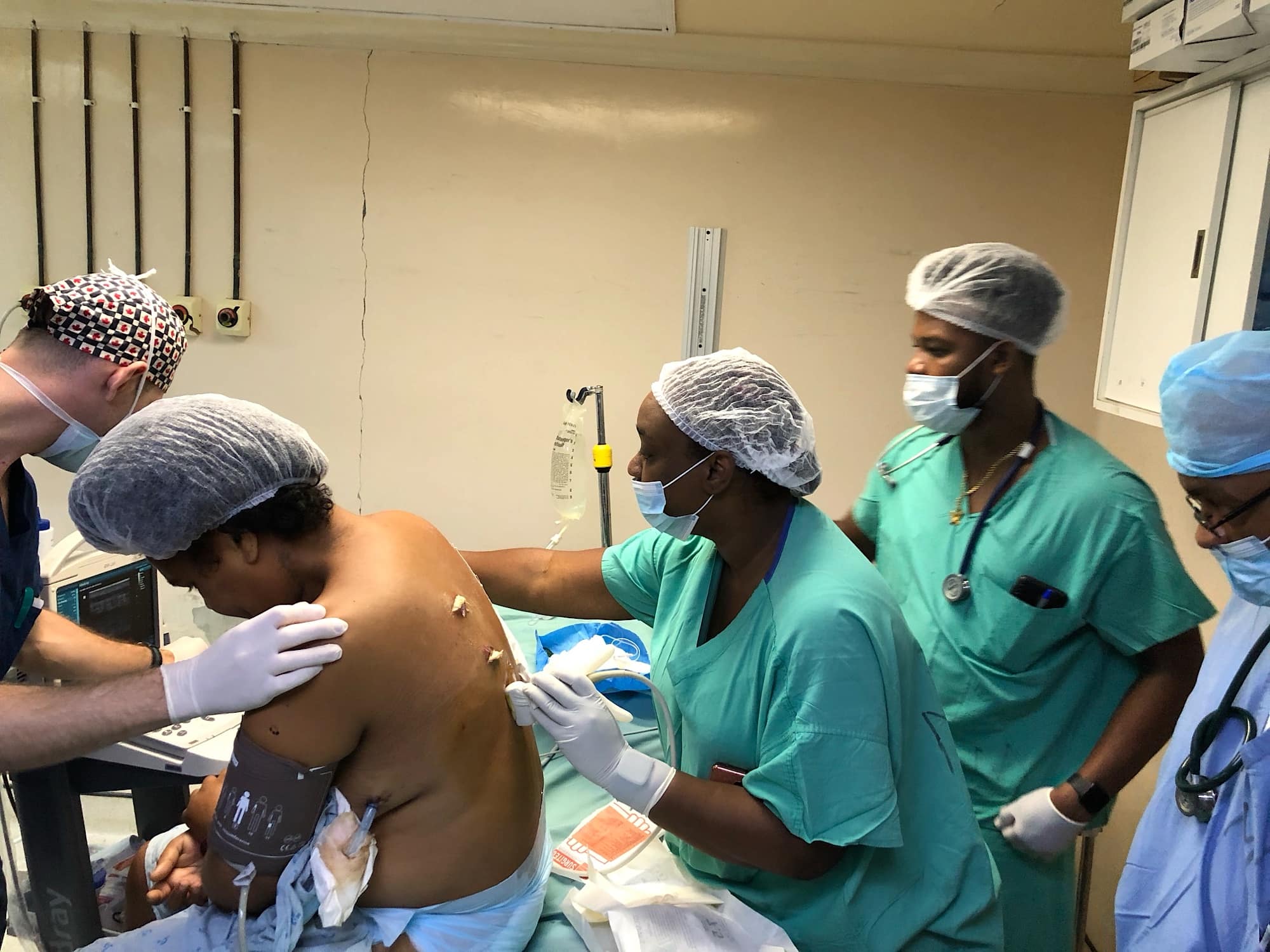
Regional anesthesia and acute pain medicine (RAAPM) is a high priority for anesthesia care providers in LMIC. Educators across multiple continents ranked RAAPM as the highest priority among subspecialty areas, such as critical care, obstetrical anesthesia, and pediatric anesthesia.11 For experienced regionalists who want to contribute and can make a significant impact, it is crucial to avoid the old mindset that “something is better than nothing.” Global health practice today requires thoughtful, long-lasting collaboration.
Physicians have been traveling abroad to practice, learn, and teach for centuries. Early perspectives reflected the cultural context of the time – this work was literally called “colonial medicine” and “tropical medicine” in the 19th century during periods of intense colonization and was followed by the 20th-century terms “international health” and “international development” when globalization spread rapidly.12
From this work across political boundaries, the field of “global health” emerged in the early 2000s, emphasizing a broader, real-world, and more creative perspective on achieving better health outcomes for all people throughout the world:
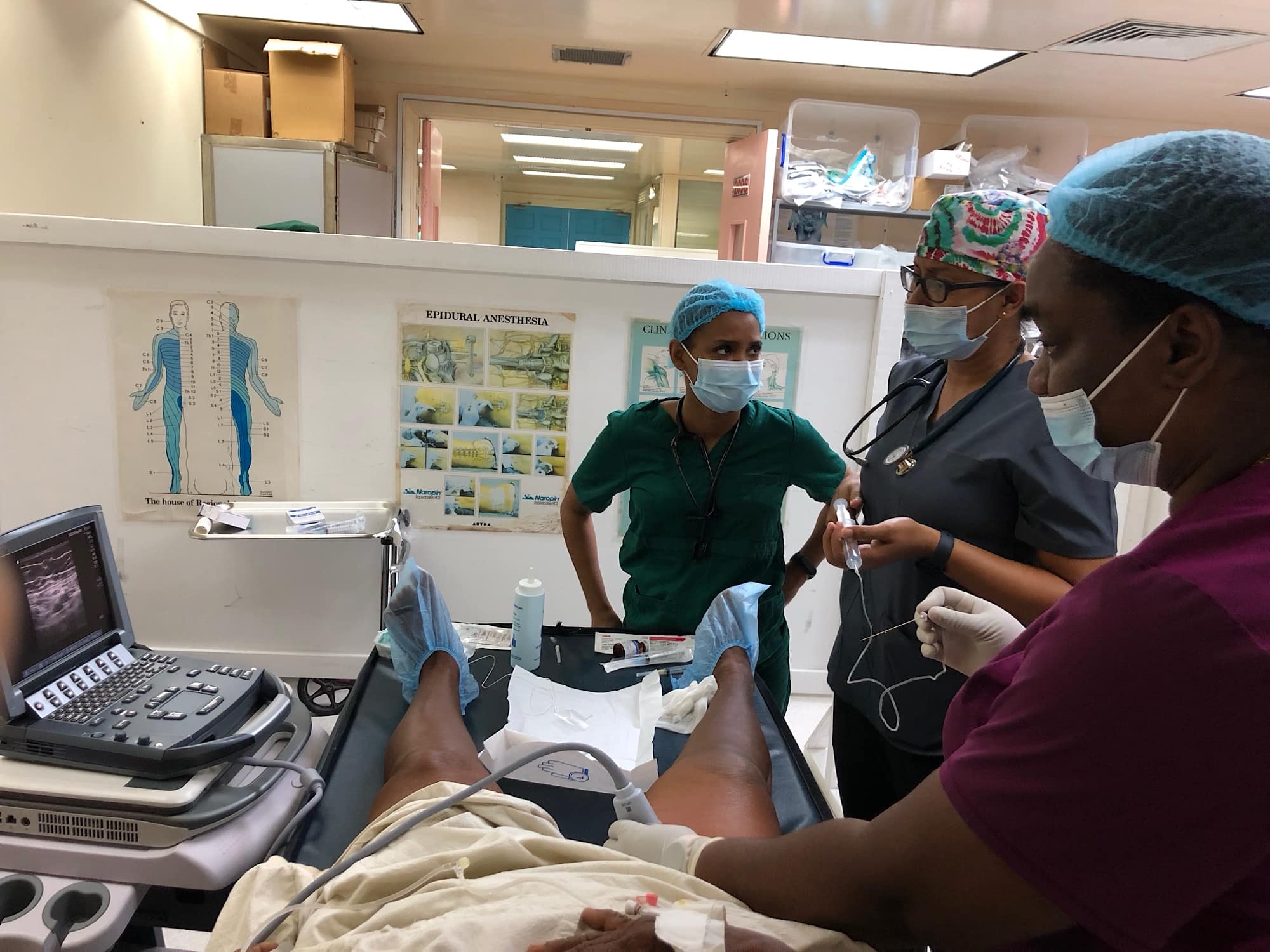
“Global health … places a priority on improving health and achieving equity in health … [It] involves many disciplines within and beyond the health sciences and promotes interdisciplinary collaboration, and is a synthesis of population-based prevention with individual-level clinical care.”13
This contemporary emphasis on equity recognizes that achieving comparable health outcomes in low-resource settings usually requires greater effort and resources.14 This enduring and humanistic approach – “accompaniment”—was popularized by the late Dr. Paul Farmer, perhaps the world’s most inspiring global health advocate in this area.
“To accompany someone is to go somewhere with him or her, to break bread together, to be present on a journey with a beginning and an end… There’s an element of mystery and openness… I’ll share your fate for a while, and by ‘awhile’, I don’t mean a little while.’ Accompaniment is much more often about sticking with a task until it’s deemed completed by the person or person being accompanied, rather than by the accompagnateur.”15
– Dr. Paul Farmer
For anesthesiologists, these shifting paradigms have presented opportunities while revealing problems with prior assumptions. This work can generally be categorized into short-term surgical trips (eg, Operation Smile, numerous orthopedic organizations), self-contained surgical platforms (eg, CinterAndes, Mercy Ships), specialty surgical hospitals (eg, Addis Ababa Fistula Hospital, Aravind Eye Hospital), humanitarian organizations, and educational training programs. Although a very popular model, short-term surgical missions generate the highest degree of uncertainty regarding clinical effectiveness, cost-effectiveness, sustainability, and contribution to local training.16,17
Several studies further challenge assumptions about “doing good.” A survey of local surgical and anesthesia trainees in Uganda found that 31% felt uncomfortable with the ethics of some clinical decisions made by visiting faculty and trainees.18 Some visitors, dubbed “voluntourists,” showed only superficial interest and appeared hesitant, apathetic, fearful, or demonstrated insensitive or ignorant behaviour.19
Recognizing these significant ethical dilemmas, best practice guidelines have been developed and are freely available.20,21 Global health training options have grown exponentially; most medical schools and many anesthesiology residency programs offer global health pathways22 and several anesthesiology fellowships focus on global health.23 In Canada, such fellowships are offered at Dalhousie University and the University of Ottawa.
There is great potential for meaningful contribution. Regional anesthesia supplies, including ultrasound machines, are widely available. Patients in low-resource settings do not have different pain physiology, but they often have far fewer options for effective analgesia. Our local anesthesiologist colleagues are therefore keen to develop their skills.
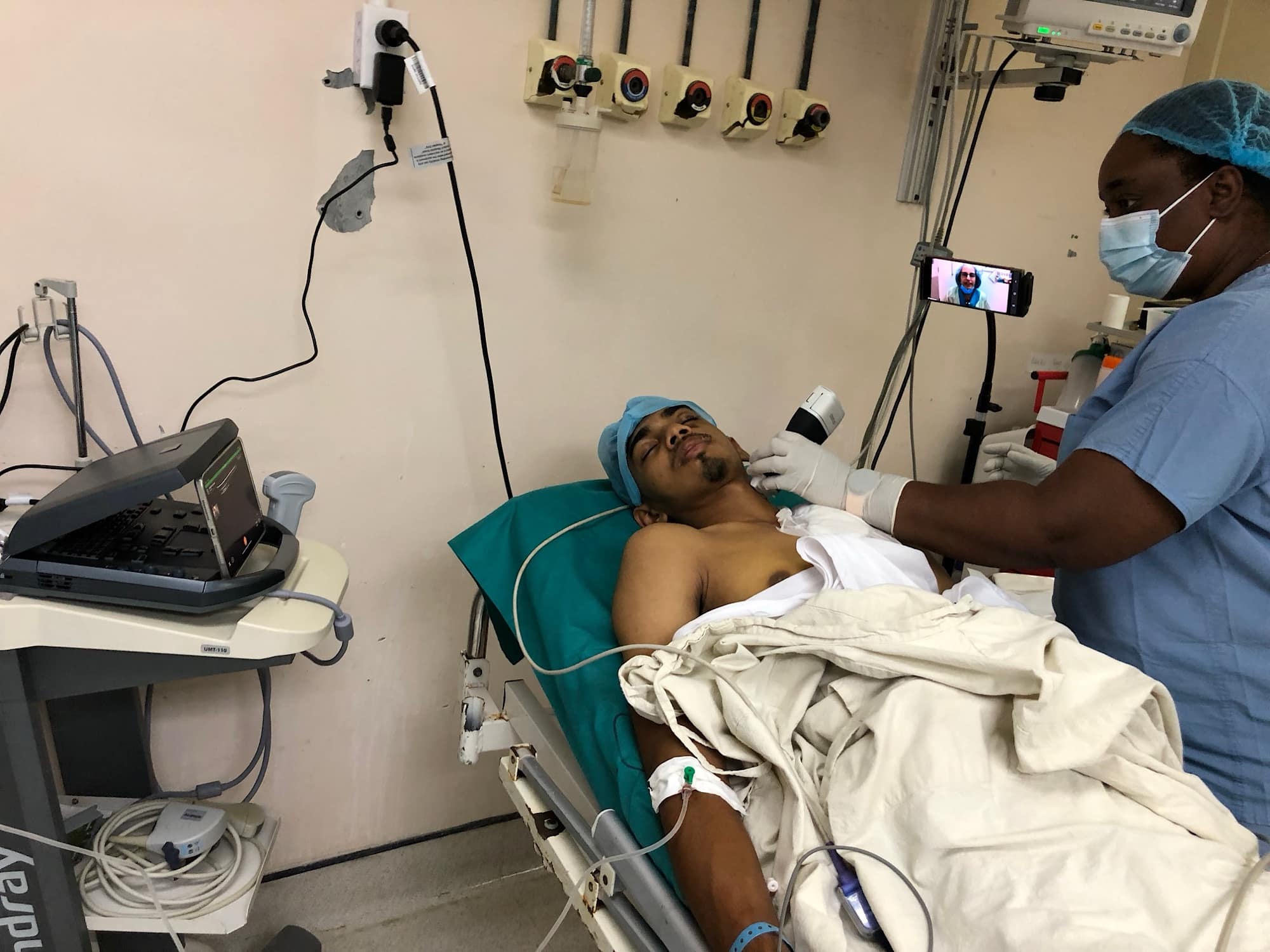
Yet despite the demand, there are few RAAPM training opportunities for these peers. Regional anesthesia short courses or training packages, such as the Global Regional Anesthesia Curricular Engagement program, for local anesthesia providers have been developed and piloted successfully.24–26 Remote training curricula have also been developed.27 Unfortunately, however, most must still travel outside of their countries for RAAPM training. To facilitate this, the World Federation of Societies of Anaesthesiologists maintains funding for anesthesia providers to travel for specialty or subspecialty training.28 In response to local calls for in-country training, the East African Regional Anesthesia and Acute Pain Medicine Fellowship was developed in 2019 in Rwanda, representing a unique full-length RAAPM fellowship in an LMIC.29
Thanks to Dr. Hendricks’ determination in Guyana, Georgetown Public Hospital Corporation and the University of Guyana launched another full-length RAAPM Fellowship in 2023. This has been supported by the Canadian Anesthesiologists’ Society International Education Fund and the American Society of Anesthesiologists Committee on Global Health (formerly Global Health Office) and is the country’s first active physician fellowship program. It features key local champions, a block room, visiting professors, live remote teaching, self-directed learning using online platforms, and competency-based assessments. In addition to technical skills, it strongly emphasizes leadership, collaboration, and program development.
The program’s success is rooted in accompaniment. It took countless meals to shape the curriculum, building on the existing literature, 30,31 and the program logistics, including its scope and capacity. At most of these meals, we were joined by Dr. Alexandra Harvey, the director of the Institute of Health Sciences Education and perhaps the original indomitable force behind Guyana anesthesiology.
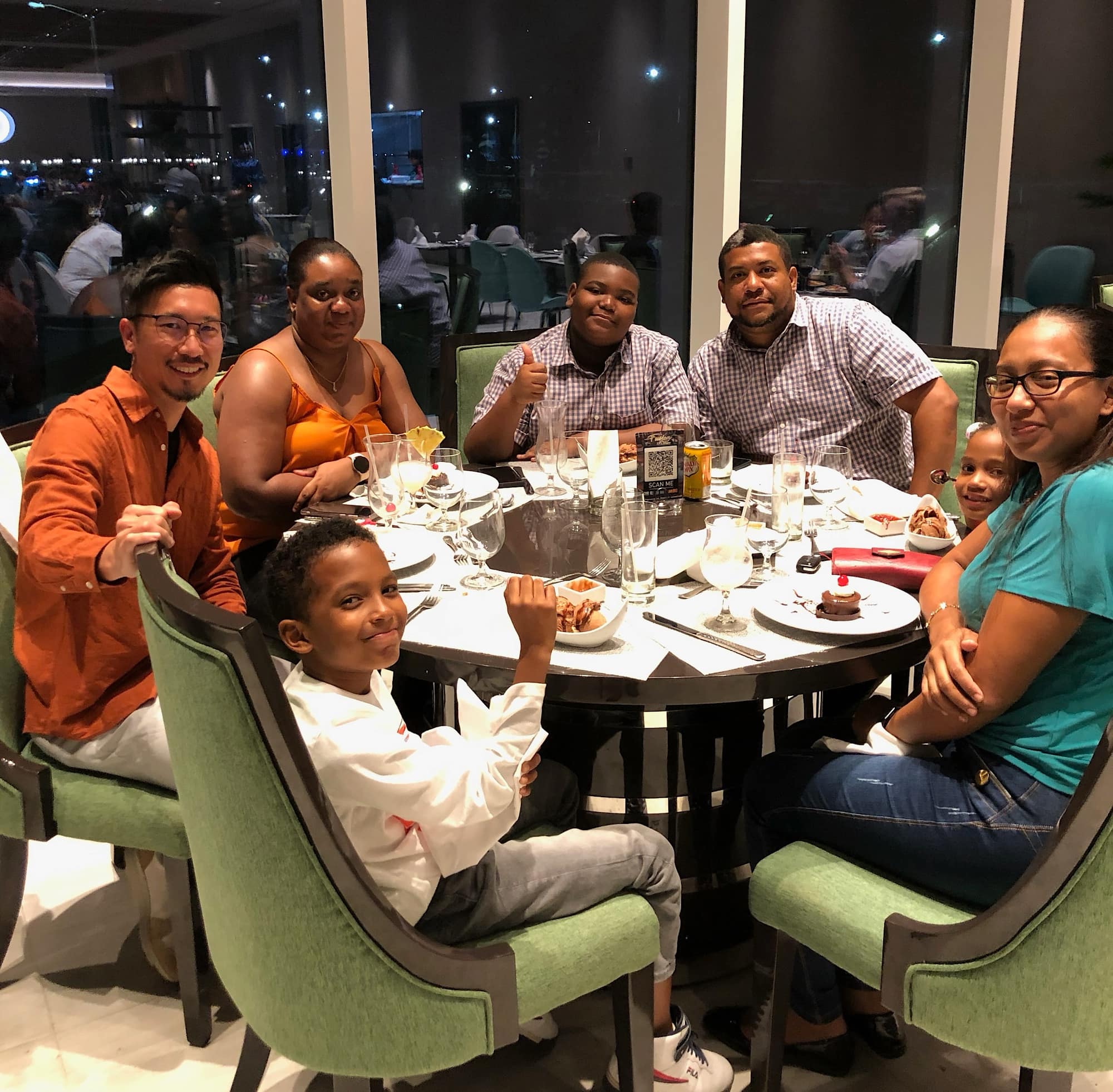
We spent months connecting with regional anesthesia educators across North America to leverage their technical experience with remote teaching of regional anesthesia (acknowledgments to Drs. Cynthia Khoo, Steven Petrar, and Matthew Swisher). These efforts included sourcing a lot of creative equipment and humbling YouTube tutorials about various electronics.
The pride and ownership shown by our local colleagues have been central to the program’s sustainability. Our first fellow recently co-led a regional anesthesia workshop that has become a routine component of the residency program. Our second fellow is developing an acute pain service for the hospital, which is another first for the country. Additionally, a need for clinical research mentorship led to a partnership with Stanford Anesthesia’s Global Health Equity Division, which now provides mentorship alongside an online lecture series.
The journey to create a sustainable RAAPM program in Guyana has been filled with adjustments and learning. As I prepare to watch our first fellow graduate, I am reminded of Dr. Farmer’s advice to stick with the task until it is deemed complete by the persons being accompanied. Regional anesthesiologists have many opportunities to contribute as the global health landscape expands. My hope is that their experiences, like mine in Guyana, are inspiring, meaningful, and lasting.
When asked what inspired him to remain in global health despite the burnout so commonly suffered by others, Dr. Farmer replied, “doing hard work with friends.”32
Those interested in contributing to teaching RAAPM Fellows or anesthesia residents in Guyana should contact Dr. Alan Chu at aycchu@ucalgary.ca.

Special thanks to Cynthia Khoo, PhD, MD.
References
- Gabriel RA, Ilfeld BM. Use of regional anesthesia for outpatient surgery within the United States: a prevalence study using a nationwide database. Anesth Analg 2018;126(6):2078-84. https://doi.org/10.1213/ANE.0000000000002503
- Kassa M, Madzimbamuto F, Kediegite G, et al. Regional anaesthesia practice in public hospitals in Botswana: a cross-sectional study. PLoS One 2023;18(12):e0295932. https://doi.org/10.1371/journal.pone.0295932
- Bainbridge D, Martin J, Arango M, et al. Evidence-based perioperative clinical outcomes research (EPiCOR) group. Perioperative and anaesthetic-related mortality in developed and developing countries: a systematic review and meta-analysis. Lancet 2012;380(9847):1075-81. https://doi.org/10.1016/S0140-6736(12)60990-8
- Rukewe A, Fatiregun A, Alonge TO. Orthopaedic anaesthesia for upper extremity procedures in a Nigerian hospital. Malawi Med J 2014;26(3):90-2. https://doi.org/
- Ariyo P, Trelles M, Helmand R, et al. Providing anesthesia care in resource-limited settings. Anesthesiology2016;124(3):561-9. https://doi.org/10.1097/ALN.0000000000000985
- Sobhy S, Zamora J, Dharmarajah K, et al. Anaesthesia-related maternal mortality in low-income and middle-income countries: a systematic review and meta-analysis. Lancet Glob Health 2016;4(5):e320-7.https://doi.org/1016/S2214-109X(16)30003-1
- Sobhy S, Arroyo-Manzano D, Murugesu N, et al. Maternal and perinatal mortality and complications associated with caesarean section in low-income and middle-income countries: a systematic review and meta-analysis. Lancet 2019 1;393(10184):1973-82. https://doi.org/10.1016/S0140-6736(18)32386-9
- Lonnée HA, Madzimbamuto F, Erlandsen ORM, et al. Anesthesia for cesarean delivery: a cross-sectional survey of provincial, district, and mission hospitals in Zimbabwe. Anesth Analg 2018;126(6):2056-64. https://doi.org/1213/ANE.0000000000002733
- Newton MW, Hurt SE, McEvoy MD, et al. Pediatric perioperative mortality in Kenya: a prospective cohort study from 24 Hospitals. Anesthesiology 2020;132(3):452-60. https://doi.org/10.1097/ALN.0000000000003070
- Firth PG, Mushagara R, Musinguzi N, et al. Surgical, obstetric, and anesthetic mortality measurement at a Ugandan secondary referral hospital. Anesth Analg 2021;133(6):1608-16. https://doi.org/10.1213/ANE.0000000000005734
- Khoo C. Personal communication.
- Pinto AD, Upshur REG, editors. Introduction to Global Health Ethics. Oxfordshire, England: Routledge; 2013.
- Koplan JP, Bond TC, Merson MH, et al. Towards a common definition of global health. Lancet2009;373(9679):1993–5. https://doi.org/10.1016/S0140-6736(09)60332-9
- Farmer P. Who lives and who dies. London Review of Books. https://www.lrb.co.uk/the-paper/v37/n03/paul-farmer/who-lives-and-who-dies. Published February 5, 2015. Accessed October 2, 2024.
- Griffin M, Block JW, editors. In the Company of the Poor: Conversations with Dr. Paul Farmer and Fr. Gustavo Gutierrez. 1st ed. Maryknoll, New York: Orbis Books; 2013.
- Sykes KJ. Short-term medical service trips: a systematic review of the evidence. Am J Public Health2014;104(7):e38-48. https://doi.org/10.2105/AJPH.2014.301983
- Shrime MG, Sleemi A, Ravilla TD. Charitable platforms in global surgery: a systematic review of their effectiveness, cost-effectiveness, sustainability, and role training. World J Surg 2015;39(1):10-20. https://doi.org/10.1007/s00268-014-2516-0
- Elobu AE, Kintu A, Galukande M, et al. Evaluating international global health collaborations: perspectives from surgery and anesthesia trainees in Uganda. Surgery 2014;155(4):585-92. https://doi.org/10.1016/j.surg.2013.11.007
- Kung TH, Richardson ET, Mabud TS, et al. Host community perspectives on trainees participating in short-term experiences in global health. Med Educ 2016;50(11):1122-30. https://doi.org/1111/medu.13106
- Latest Updates. Washington, DC: Consortium of Universities for Global Health. Available from: https://cugh.org. Accessed October 2, 2024.
- Updates and News. San Franciso, CA: Centre for Health Equity in Surgery and Anesthesia. Available at: https://globalsurgery.org. Accessed October 2, 2024.
- Sanghvi RI, Songolo T. What is the current status of global health training for us postgraduate trainees in anesthesiology? What are possible visions for the future? Curr Anaesthesia Rep 2023;13(2):99-107.https://doi.org/10.1007/s40140-023-00552-6
- Global Health Equity Fellowships. Open Anesthesia. https://www.openanesthesia.org/lists/global-health-equity-fellowships. Accessed 2024 October 2, 2024.
- Brouillette MA, Aidoo AJ, Hondras MA, et al. Regional anesthesia training model for resource-limited settings: a prospective single-center observational study with pre-post evaluations. Reg Anesth Pain Med2020;45(7):528-35. https://doi.org/10.1136/rapm-2020-101550
- Moll V, Schmidt PC, Amos C, et al. Building regional anesthesia capacity in limited-resource settings: a pilot study evaluating a 4-week curriculum. Pain Manag 2021;11(1):29-37. https://doi.org/10.2217/pmt-2020-0044
- Dohlman LE, Thakkar N, Jivanelli B, et al. Global regional anesthesia and pain management research group. Regional anesthesia global health collaborations- a scoping review of current intervention methods. Curr Opin Anaesthesiol 2022 ;35(5):647-53. https://doi.org/10.1097/ACO.0000000000001178
- Chen A, Mganga S, Artress F, et al. Development of a virtual regional anesthesia curriculum for Tanzanian anesthetists during the COVID-19 pandemic. SA News. https://csahq.org/2021/09/27/development-of-a-virtual-regional-anesthesia-curriculum-for-tanzanian-anesthetists-during-the-covid-19-pandemic. Published September 27, 2021. Accessed October 2, 2024.
- FSA Fellowship Programme. World Federation of Societies of Anaesthesiologists. https://wfsahq.org/our-work/education-training/fellowship-programme. Accessed October 2, 2024.
- Swisher M, Uwamahoro E, Banguti PR. Development of the East African regional anesthesia and acute pain medicine fellowship program. ASRA News. https://www.asra.com/news-publications/asra-newsletter/newsletter-item/asra-news/2019/08/07/development-of-the-east-african-regional-anesthesia-and-acute-pain-medicine-fellowship-program. Published August 7, 2019. Accessed October 2, 2024.
- Chuan A, Jeyaratnam B, Fathil S, et al. Non-fellowship regional anesthesia training and assessment: an international Delphi study on a consensus curriculum. Reg Anesth Pain Med 2021;46(10):867-73. https://doi.org/10.1136/rapm-2021-102934
- Regional Anesthesiology and Acute Pain Medicine Fellowship Directors Group. Guidelines for fellowship training in regional anesthesiology and acute pain medicine: third edition, 2014. Reg Anesth Pain Med2015;40(3):213-7. https://doi.org/ 10.1097/AAP.0000000000000233
- Bilinsky AM. Doing hard things. Posted February 21, 2022. Accessed October 2, 2024. https://x.com/ambilinski/status/1495790564792541186?lang=en